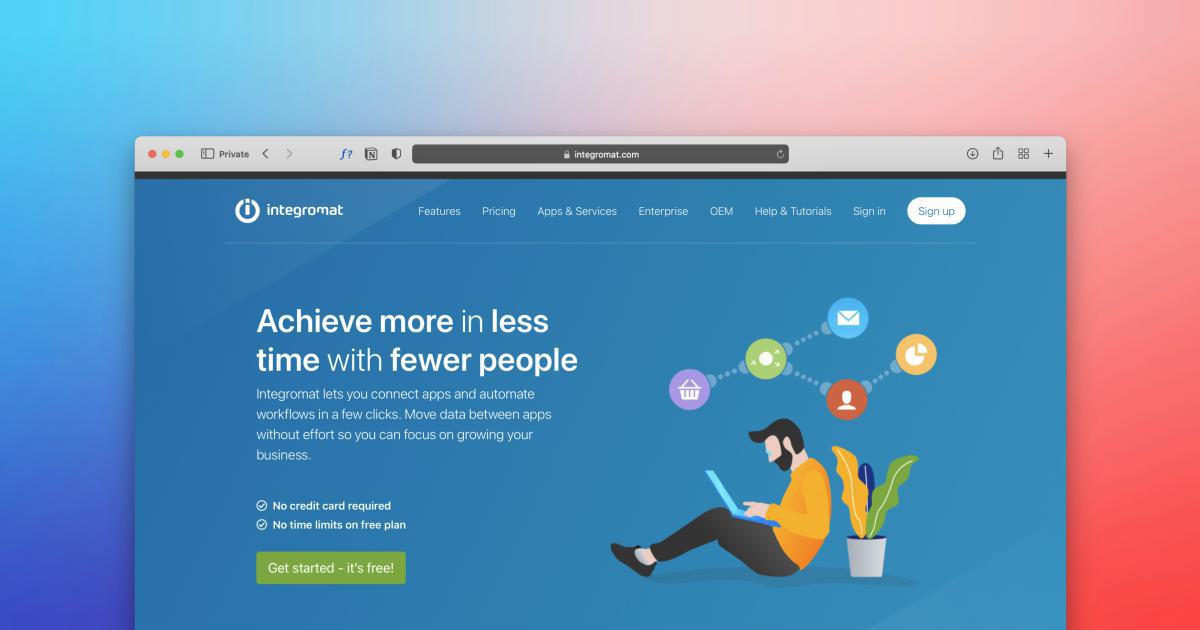Internal Link Building Techniques for Improved Architecture


The Importance of Internal Link Building
Internal link building is a crucial aspect of website optimization and content architecture. By strategically connecting pages within your website, you can create a seamless user experience, improve search engine visibility, and enhance the overall structure of your online presence. Effective internal linking not only helps visitors navigate your site more efficiently but also signals to search engines the relative importance and relationship between different pages.
In today's competitive digital landscape, where user experience and technical SEO factors heavily influence search rankings, mastering internal link building techniques is essential for any website owner or content creator. By implementing a well-designed internal linking strategy, you can:
Improve Site Navigation: Internal links guide users from one page to another, making it easier for them to find the information they're seeking and explore the breadth of your content.
Boost Search Engine Optimization: Search engines use internal links to better understand the context and hierarchy of your website, which can positively impact your search engine rankings.
Distribute Link Equity: By strategically linking between your pages, you can distribute the "link equity" or "PageRank" throughout your website, strengthening the overall authority of your domain.
Increase Engagement and Reduce Bounce Rates: Relevant internal links encourage users to spend more time on your website, explore additional content, and ultimately reduce your bounce rate.
Facilitate Content Discoverability: Internal links make it easier for both users and search engines to discover your relevant content, leading to increased visibility and potential conversions.

Identifying Linking Opportunities
Before implementing your internal link building strategy, it's essential to understand the current state of your website's linking structure. Start by conducting a thorough audit of your existing internal links, identifying areas for improvement and potential opportunities for additional connections.
Analyze Your Site's Information Architecture
Examine the overall structure and hierarchy of your website. Identify the main sections, categories, and subcategories, as well as the relationships between them. Understanding your site's information architecture will help you determine the most logical and intuitive paths for internal linking.

Identify Contextually Relevant Pages
Look for pages on your website that cover similar topics or serve complementary purposes. These pages can be interlinked to provide users with a more comprehensive and engaging experience. Consider the relevance, user intent, and potential value that each link can offer.

Detect Orphan Pages
Orphan pages are those that have no incoming or outgoing links, making them difficult for both users and search engines to discover. Identify these pages and strategically link them to other relevant content, ensuring that your entire website is well-connected and accessible.

Analyze User Behavior
Examine your website's user analytics to understand how visitors are currently navigating your site. Identify popular pages, content clusters, and user flow patterns. This data can inform your internal linking strategy, allowing you to create connections that align with user preferences and behaviors.

Implementing Effective Internal Linking Strategies
Once you've conducted your initial analysis, it's time to start implementing your internal linking strategy. Here are some techniques and best practices to consider:
Create Contextual Links
Embed relevant links within your content, ensuring that the anchor text and the linked page are closely related to the context of the surrounding text. This type of internal linking not only assists users in finding additional information but also helps search engines better understand the relevance and hierarchy of your content.

Utilize Navigational Links
Incorporate navigational links, such as breadcrumbs, menus, and sidebars, to help users quickly access the main sections and categories of your website. These types of links provide a clear, intuitive path for exploration and can also signal the importance of certain pages to search engines.

Leverage Topical Clusters
Group related content into topical clusters and interlink these pages to create a cohesive user experience and strengthen the overall authority of your website. By establishing these content hubs, you can guide users deeper into your site and demonstrate the depth of your expertise on specific subjects.

Implement Contextual Calls-to-Action
Strategically place calls-to-action (CTAs) within your content, directing users to relevant pages that align with their interests and user intent. These CTAs can take the form of buttons, text links, or other interactive elements, encouraging further exploration and engagement.

Leverage Contextual Anchor Text
Ensure that the anchor text used for your internal links is descriptive, relevant, and keyword-rich. Avoid using generic phrases like "click here" or "learn more" and instead opt for more informative and compelling anchor text that accurately represents the linked content.

Optimize for Search Engines
When implementing your internal linking strategy, keep search engine optimization (SEO) in mind. Incorporate relevant keywords in your anchor text, ensure that your links are crawlable by search bots, and maintain a balanced and natural-looking linking structure throughout your website.

Monitor and Iterate
Regularly review and analyze the performance of your internal linking efforts. Monitor metrics such as user engagement, page views, and conversion rates to identify areas for improvement. Continuously optimize your internal linking strategy, testing different approaches and updating your website's architecture as needed.

Advanced Internal Linking Techniques
While the strategies mentioned above form the foundation of effective internal linking, there are also some more advanced techniques you can consider to further enhance your website's architecture and user experience.
Leverage Contextual Related Posts
Implement a "related posts" or "you may also like" feature on your website, which automatically displays relevant content based on the context of the current page. This can encourage users to explore similar topics and deepen their engagement with your site.

Incorporate Inline Product/Service Links
If your website features products or services, strategically link to these offerings within the content of related pages. This can help users easily discover and access the specific solutions they're interested in, leading to increased conversions.

Utilize Sitewide Footer Links
Include a comprehensive footer on your website with links to your main sections, important pages, and other key areas of your site. This can serve as a safety net for users who may have trouble navigating your site, ensuring they can always find what they're looking for.

Implement Contextual Popup Links
Leverage strategic popup windows or modals to display additional content or offers that are relevant to the user's current context. These contextual popups can help guide users to relevant pages or encourage specific actions, such as newsletter signups or lead generation.

Experiment with Sliding Sidebar Links
A sliding sidebar or offcanvas menu can be an effective way to showcase your most important pages and categories without cluttering the main content area. This can be particularly useful for mobile users, providing easy access to key navigation links.

By incorporating these advanced internal linking techniques, you can create a more engaging, user-friendly, and SEO-optimized website architecture that drives increased traffic, user engagement, and conversions.
Measuring the Success of Your Internal Link Building Efforts
To evaluate the effectiveness of your internal link building strategy, it's important to track and analyze relevant metrics. Some key performance indicators to consider include:
Pageviews and Time on Page: Monitor the number of pageviews and the average time users spend on each page. This can indicate the level of engagement and interest generated by your internal links.
Bounce Rate: Track the bounce rate of your website, which measures the percentage of users who leave your site after viewing only one page. Effective internal linking can help reduce bounce rates by encouraging users to explore more of your content.
Pages per Session: Observe the average number of pages visited per user session. A higher pages per session metric suggests that your internal links are successfully guiding users to explore more of your website.
Internal Link Click-Through Rate: Analyze the click-through rate of your internal links to understand which connections are most effective in driving user engagement.
Conversions and Goal Completions: Monitor how internal linking impacts your website's conversion rates and the completion of key goals, such as newsletter signups, product purchases, or form submissions.
Search Engine Rankings: Observe how your internal linking strategy affects your website's search engine rankings for relevant keywords. Improved rankings can indicate that your linking structure is enhancing the site's overall authority and relevance.
Crawl Depth and Indexation: Ensure that your internal links are effectively enabling search engines to crawl and index your website's content, allowing for better visibility and discoverability.
By regularly reviewing these metrics and making data-driven adjustments to your internal linking approach, you can continually optimize your website's architecture and user experience, ultimately driving increased traffic, engagement, and conversions.

Conclusion
Effective internal link building is a critical component of a well-designed website architecture. By strategically connecting your pages, you can improve user navigation, boost search engine optimization, and enhance the overall discoverability and engagement of your content.
Through techniques like contextual linking, navigational structures, topical clustering, and advanced linking methods, you can create a seamless and intuitive user experience that encourages exploration and drives meaningful actions.
Remember to regularly analyze your internal linking performance, make data-driven adjustments, and stay adaptable to the evolving needs of your website and its users. By mastering internal link building, you can unlock the full potential of your online presence and position your website for long-term success.